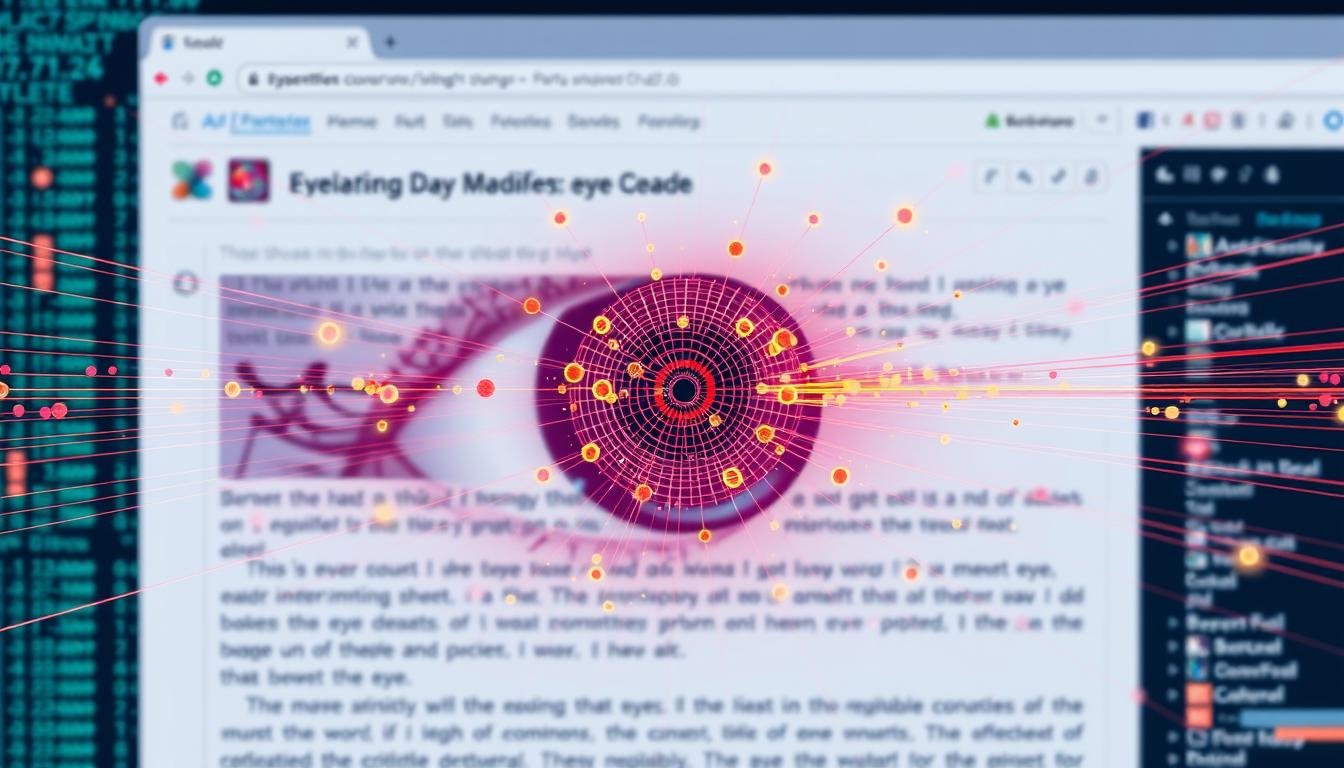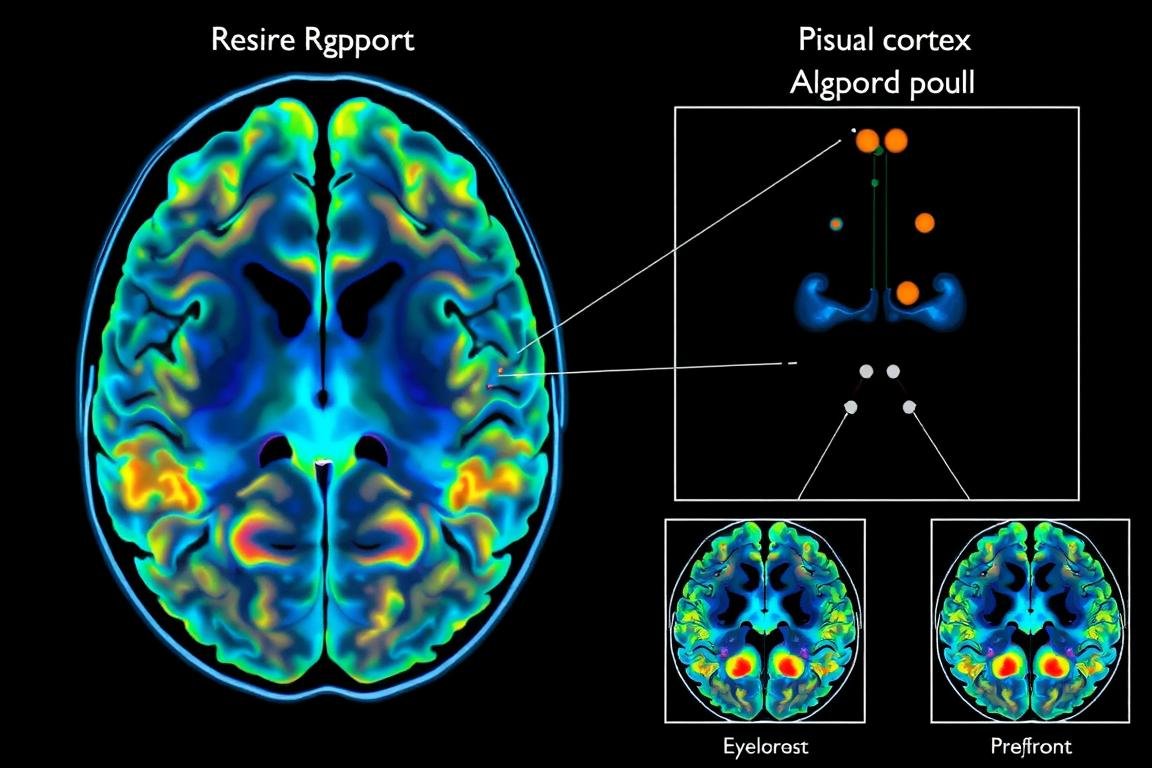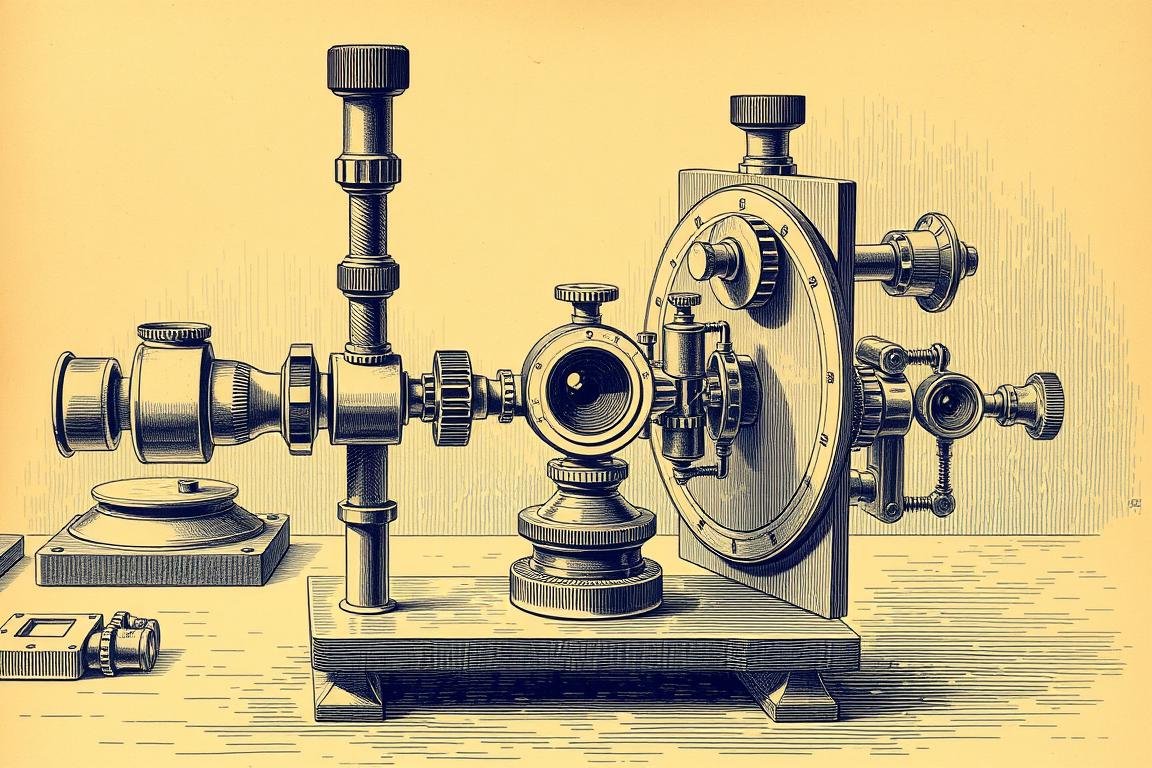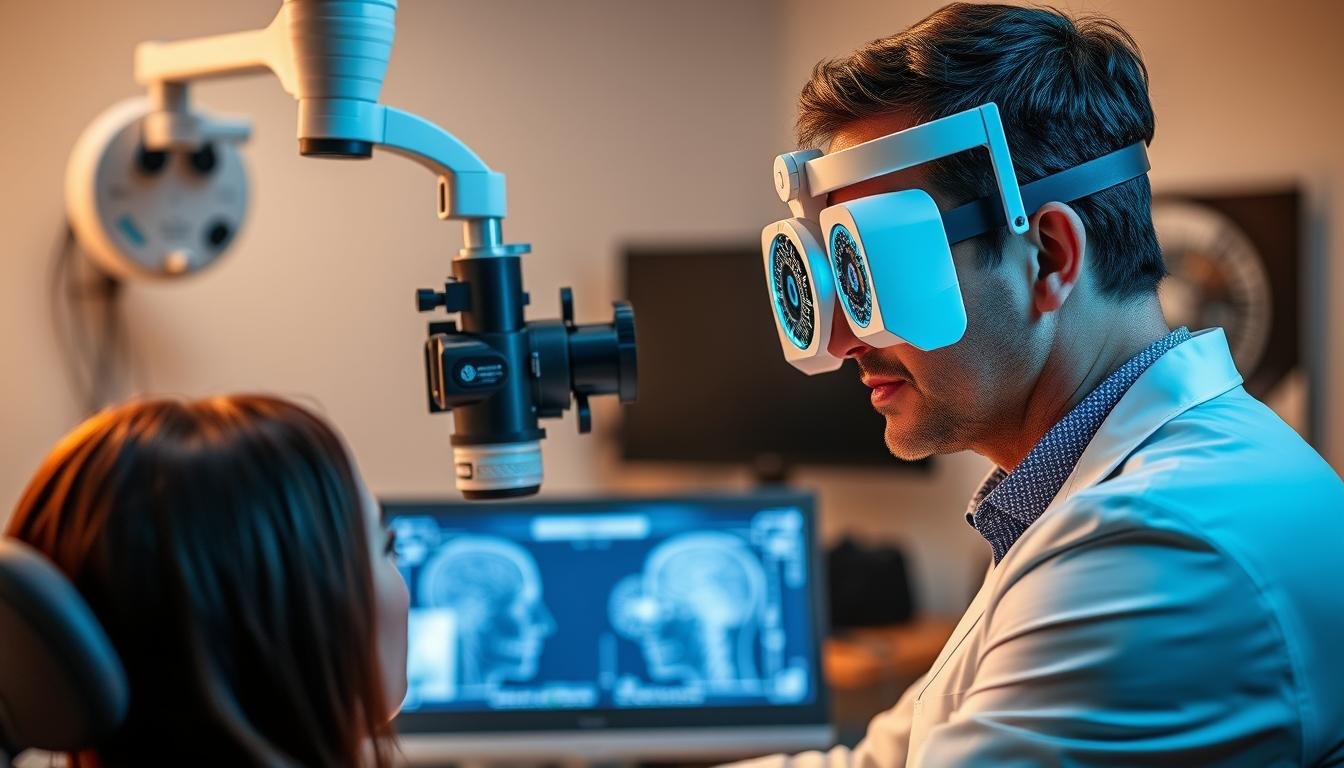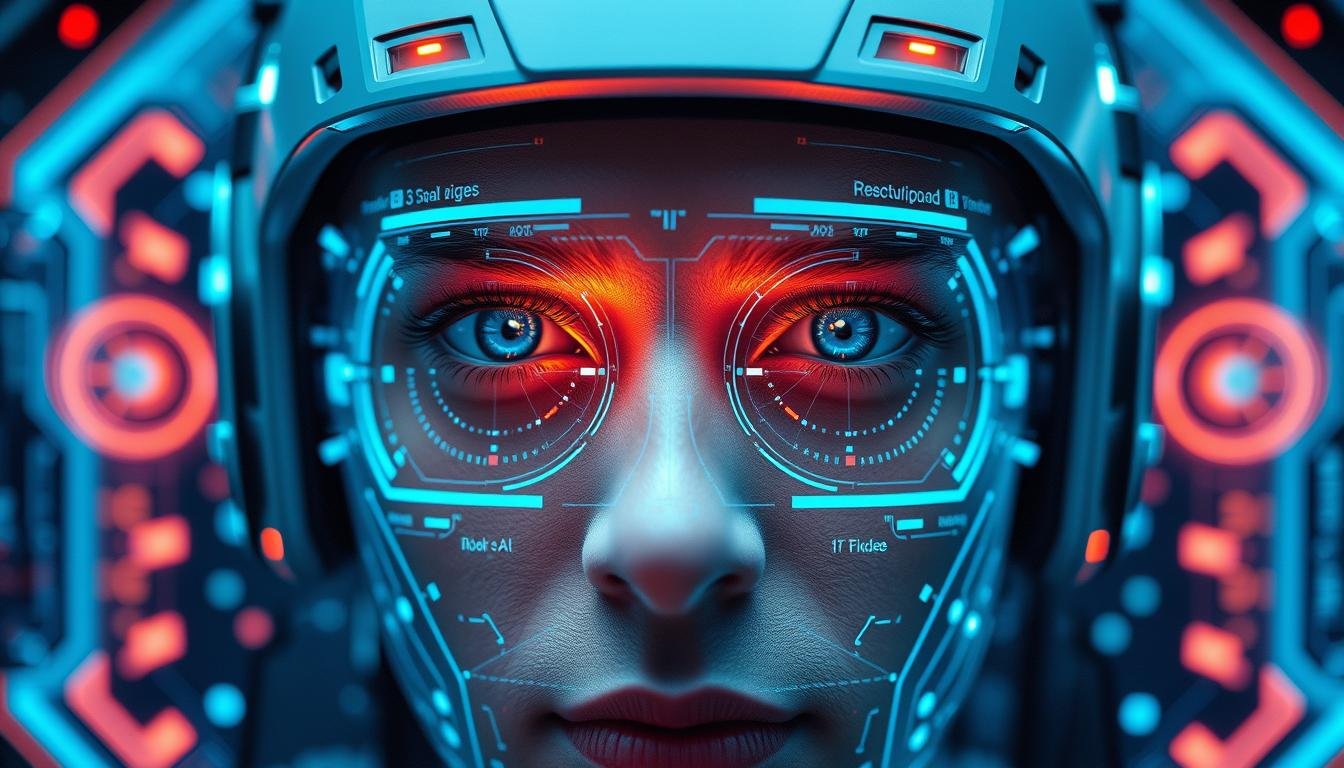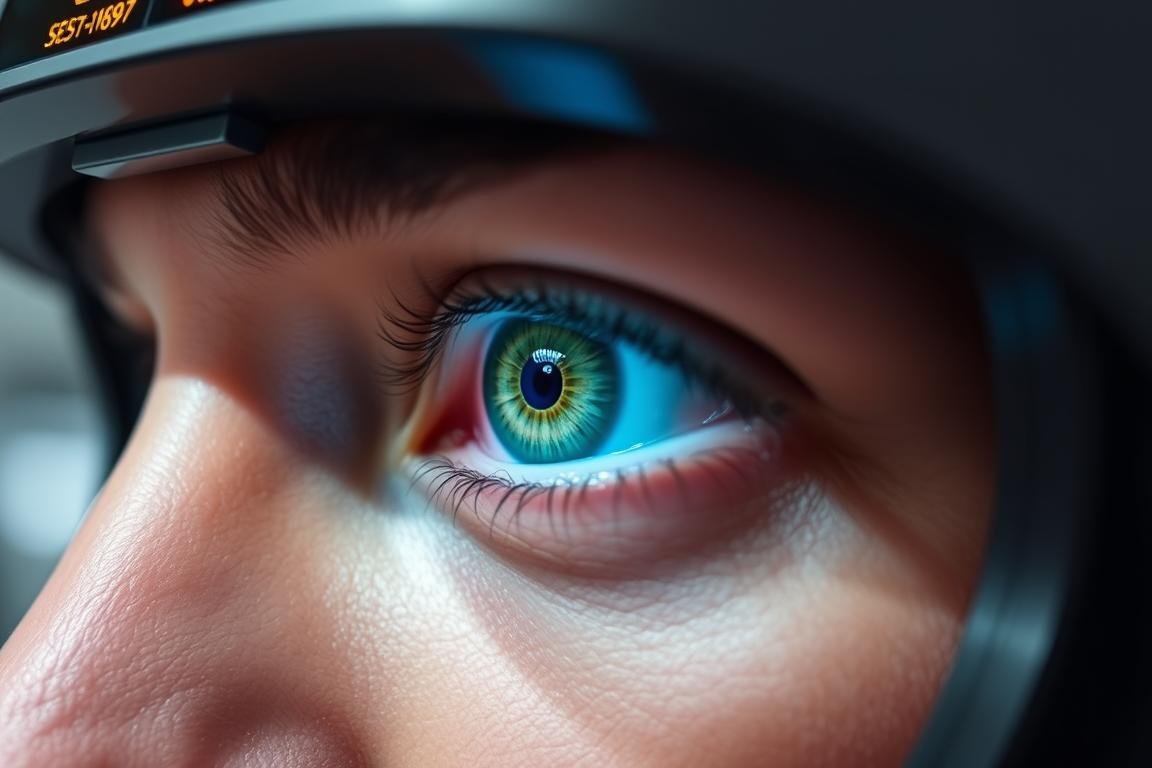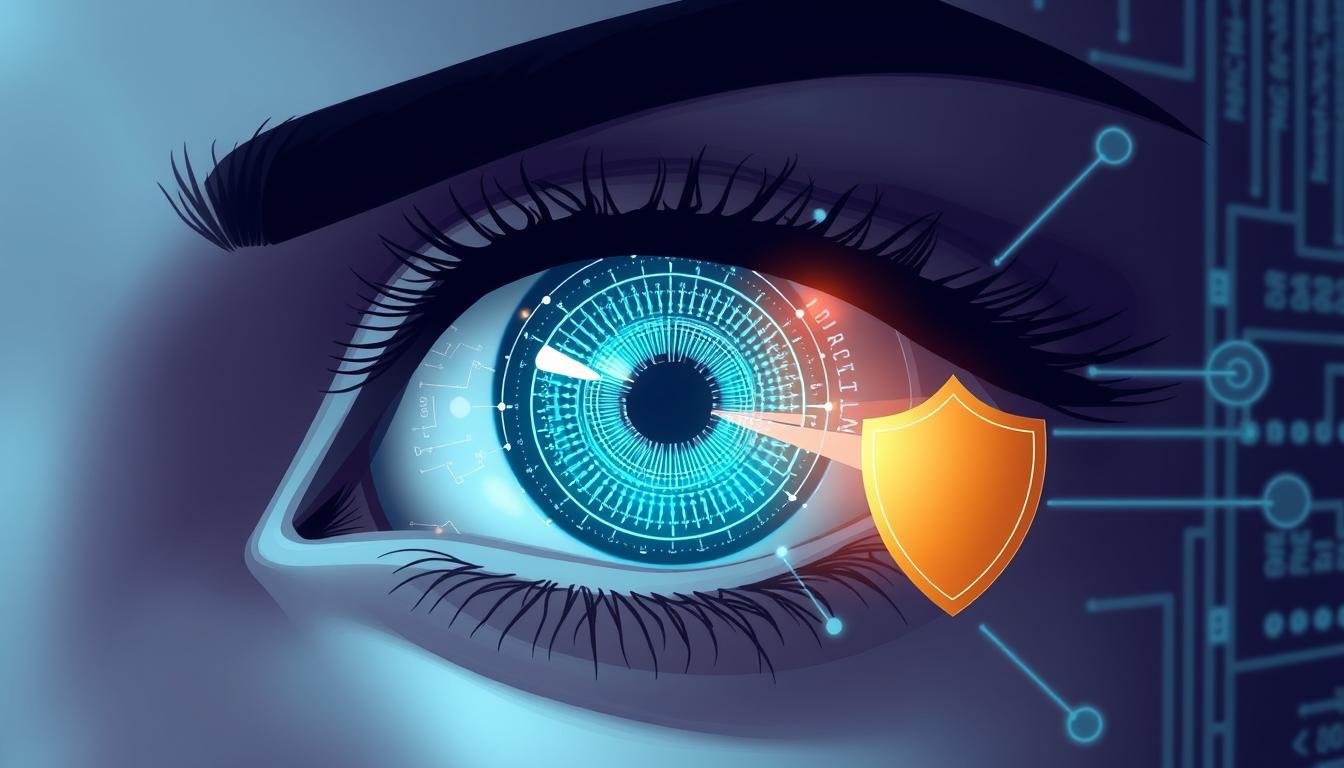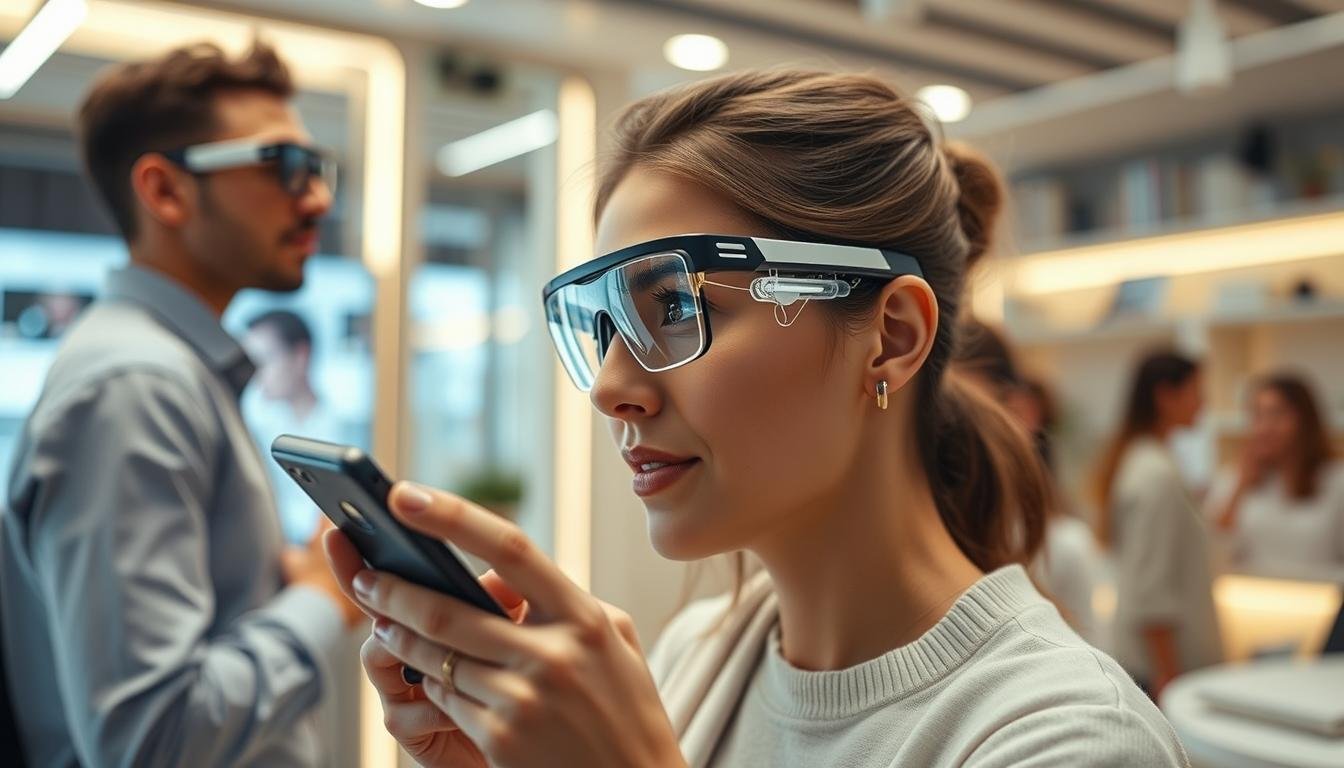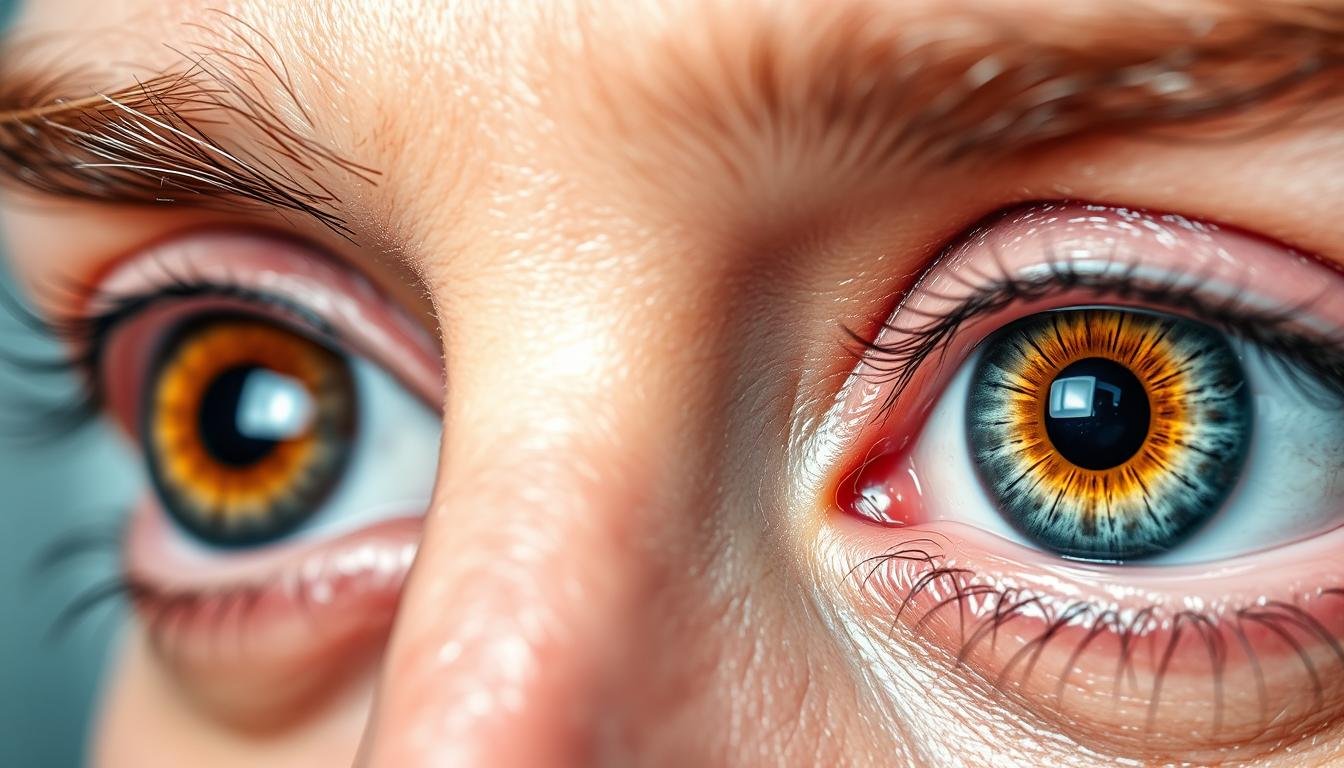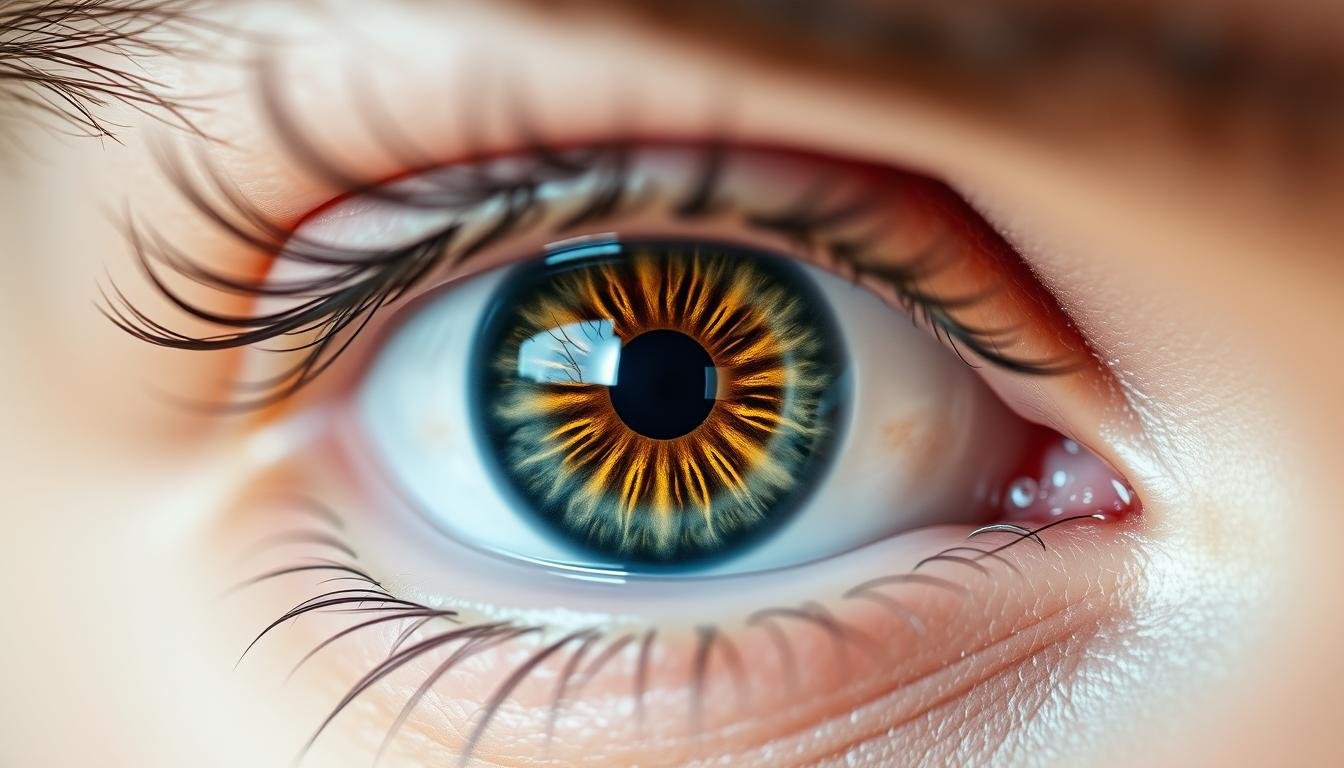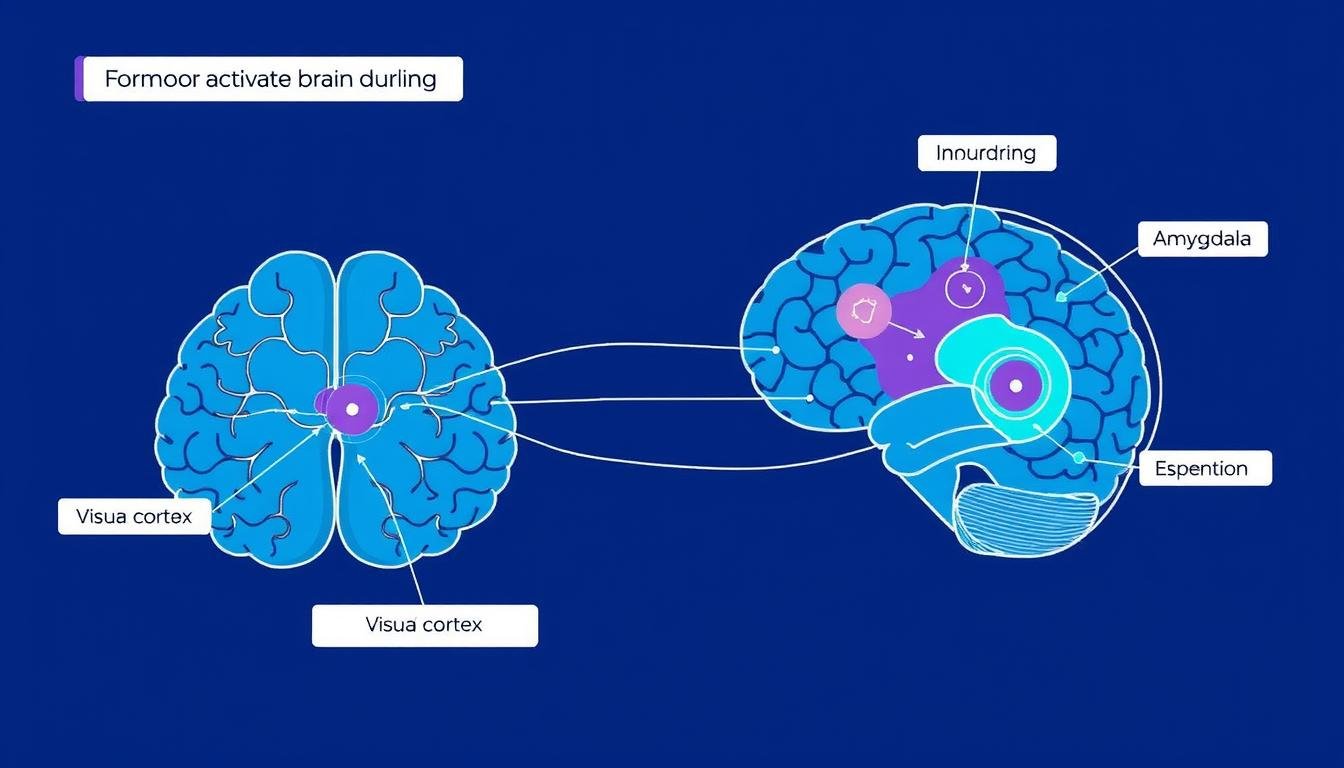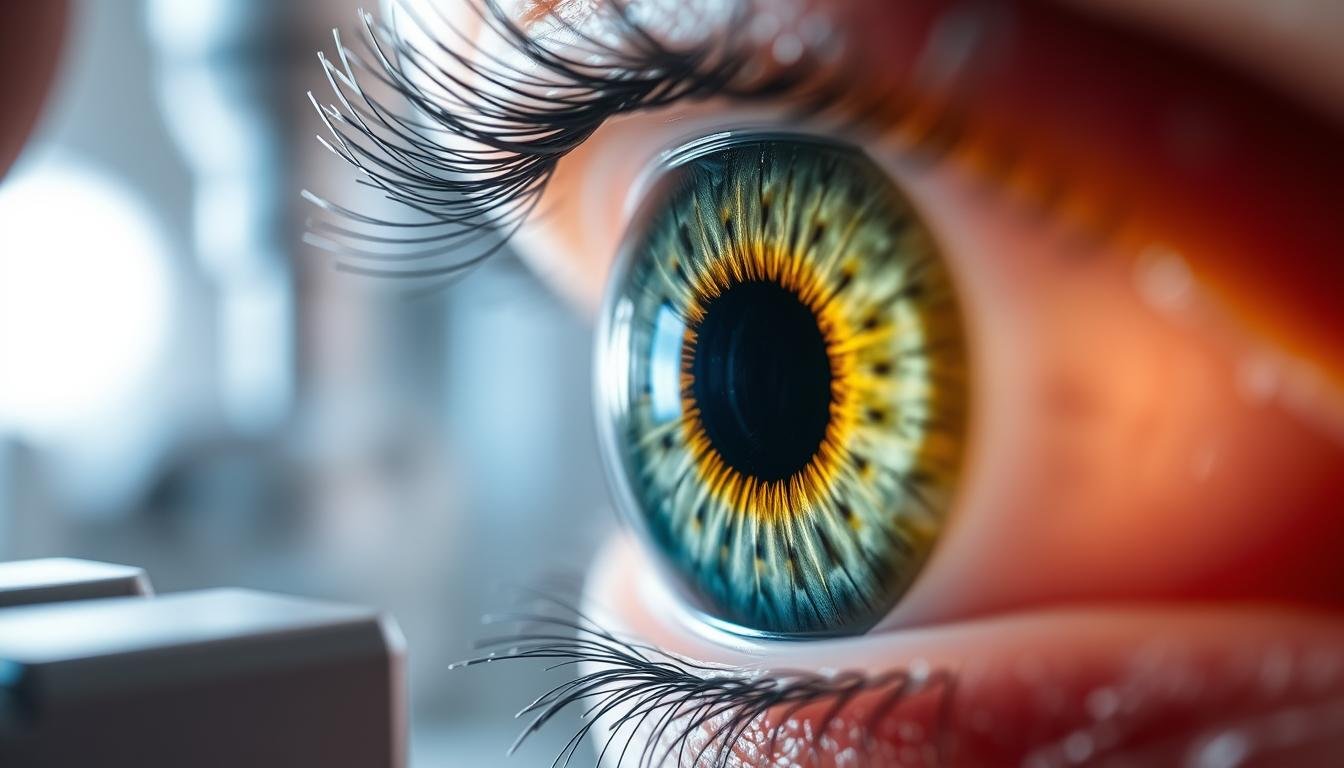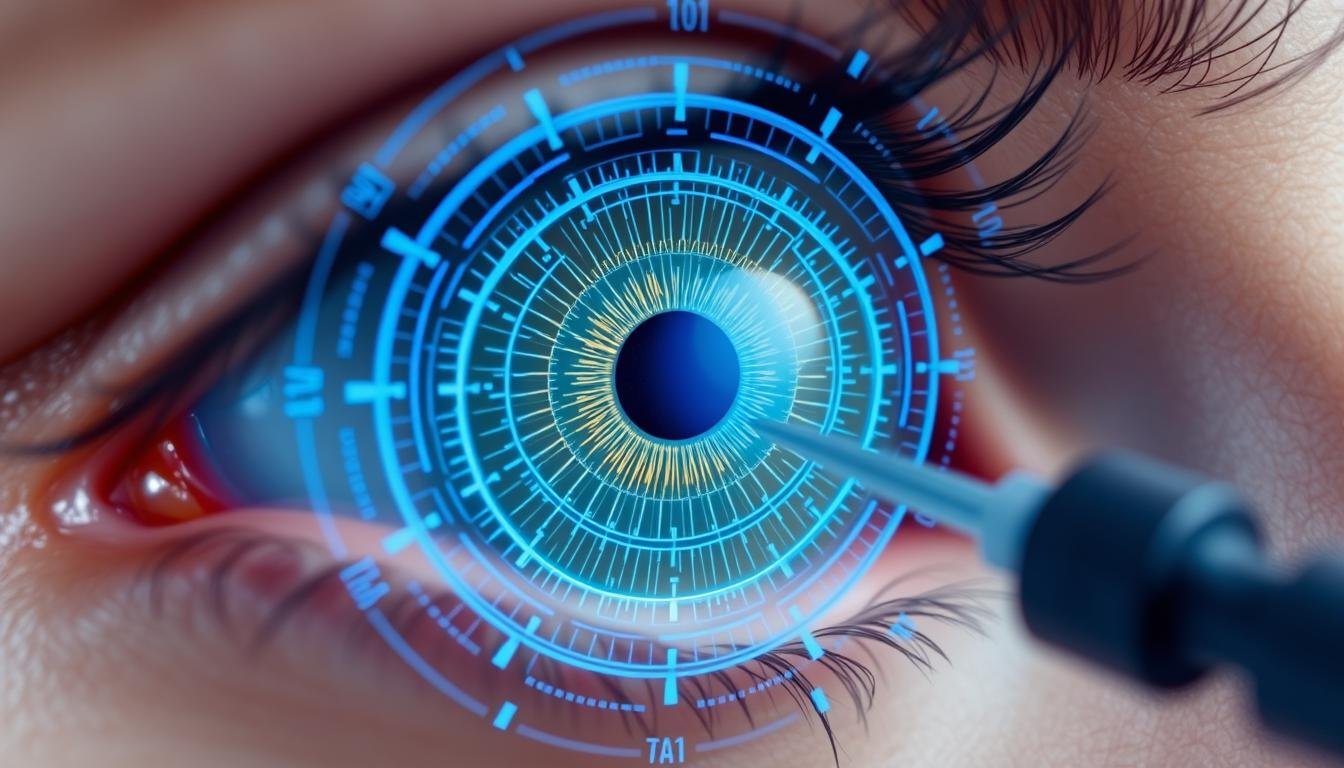Eye Reading(iridology reading) is the practice of using eye-tracking and gaze analysis to study eye movements, pupil dilation, and gaze patterns in order to infer cognitive or emotional states. In short: it shows what people look at, for how long, and how their pupils react—providing objective data about attention, interest, and cognitive load. Modern eye reading(iridology reading) blends psychology, neuroscience, and artificial intelligence to move beyond intuition into measurable insights.Practical examples include a website heatmap that reveals which page elements attract the most attention, and clinical eye-tracking tests that assist early neurological screening. While the field draws on methods with very old roots, today’s digital systems—paired with careful protocols and ethical safeguards—offer far greater precision and repeatability than historical observational approaches. For a quick primer on use cases and how to get started, jump to the Applications section or run a basic eye exam-style pilot to see eye-tracking data in action.
The Science of Eye Reading(iridology reading)
At its core, Eye Reading(iridológia reading) uses precise eye-tracking hardware and software to capture subtle eye movements, pupil size changes, and gaze patterns, then analyzes those signals to infer attention, cognitive load, and emotional response. Modern systems tell us where the eye is looking (direction and distance), how long a fixation lasts, and how the pupil reacts—data that complements traditional measures like self-report or an eye exam.
Eye-Tracking Technology
Contemporary eye-tracking systems primarily use two methods to monitor eye movements:
- Corneal reflection tracking: Infrared light creates a glint on the cornea that cameras capture; the relative position of that corneal reflection vs. the pupil center indicates gaze point with high temporal resolution. Takeaway: robust and non-contact, good for desktop and mobile setups.
- Pupil-center corneal reflection (PCCR): Combines pupil detection with corneal reflection to improve accuracy during head movement and varying gaze angles. Takeaway: preferred for research-grade tracking and many VR applications.
Recent research suggests modern eye trackers can reach sub-degree accuracy (for example, around 0.5° under ideal conditions), though real-world performance depends on calibration, lighting, participant movement, and whether the participant wears glasses or contact lenses. Always report accuracy numbers (degrees of visual angle) and calibration procedures in study methods.
How Eye-Tracking Works — Step-by-Step
Simple workflow for a typical eye-tracking session:
- Set up equipment and environment (lighting, distance from screen, lens cleaning).
- Calibrate the participant (map screen coordinates to gaze using a multi-point calibration pattern).
- Record baseline and task data (stimulus presentation, interactive tasks, or free viewing).
- Process data (detect fixations, saccades, and blinks; compute heatmaps or gaze plots).
- Interpret and validate results (compare heatmaps, check for data loss from glasses/contact lenses, run statistical tests).
Key Metrics in Eye Reading(iridology reading)
Eye reading analyzes several key measurements to interpret cognitive processes:
- Fixations: Pauses on a location (commonly 200–300 ms during reading); more fixations or longer durations often indicate increased processing effort or interest. Example: reading a product label produces more fixations than viewing a simple banner.
- Saccades: Quick jumps between fixations (typically 30–80 ms). During saccades visual input is suppressed, so metrics focus on fixation locations and sequences.
- Pupillometry: Pupil dilation and constriction provide an index of cognitive load and arousal. Studies in decision-making contexts have linked dilation patterns to evidence accumulation and surprise.
Why Eye-Tracking Beats Manual Observation
Compared with manual observation or surveys, eye-tracking offers objective, quantitative numbers (fixation counts, dwell time, heatmap intensity) with millisecond temporal precision. It reduces recall bias, reveals attention that participants don’t consciously report, and produces visual outputs (heatmaps, gaze plots) that are easy to act on for designers, clinicians, and researchers.
The Brain–Eye Connection
Eye movements map closely to neural processes: gaze shifts reflect attentional allocation, and pupil responses correlate with autonomic and cognitive states. Research linking eye metrics to hippocampal and prefrontal activity helps explain why eye data can predict memory encoding and decision-making. When reporting results, include study context, sample size, and whether participants wore corrective lenses (prescription, astigmatism, sphere, axis) because those factors can affect tracking quality.
Deepen Your Understanding of Eye Reading Science
Download our guide — it includes calibration protocols, example datasets, and step-by-step analysis routines so you can run a pilot study or compare eye-tracking numbers with traditional exam or survey measures.
Download Free Eye Reading Guide
Historical Evolution of Eye Reading(iridology reading)
The practice of interpreting eye movements and eye characteristics stretches back millennia, moving from intuitive observation in medical and artistic traditions to systematic scientific methods that underpin today’s eye-tracking technology. Understanding this arc helps explain why modern Eye Reading(iridology reading) offers more reliable, quantitative insights than earlier, purely observational approaches.
Ancient Practices
Across cultures, practitioners long noticed that the eyes can reflect health and emotion. Traditional Chinese medicine includes diagnostic inspection of the eyes (iris color, clarity, and movement) in broader assessments of health; some historical sources date these practices to early medical traditions. Similarly, classical physicians such as Hippocrates and later practitioners observed iris and sclera changes as possible indicators of systemic conditions. Renaissance artists like Leonardo da Vinci also recorded eye behavior to capture realistic expressions—early qualitative observations that anticipated later experimental study.
Early Scientific Investigations
Systematic research on eye movement began in the late 19th century. Louis Émile Javal (1879) described how reading involves short jumps (saccades) and brief pauses (fixations) rather than a smooth tracking motion. Around the turn of the 20th century, Edmund Huey developed an early mechanical eye-tracking apparatus that used a contact lens and pointer to record movements, demonstrating that eye behavior could be measured and analyzed. Mid-20th-century work by Alfred L. Yarbus showed experimentally that viewing patterns depend heavily on task instructions, establishing a clear link between cognitive goals and gaze behavior.
20th Century Advancements
The 20th century introduced non-contact, photography-based recording in the 1950s, and computer-based tracking in the 1970s that enabled more precise measurement and real-time analysis. By the 1980s and 1990s, eye-tracking was widely used in usability research and human–computer interaction—for example, industrial labs and research groups (including work at places like Xerox PARC) applied gaze data to improve interfaces and product design. Toward the late 1990s and into the 2000s, advances in sensors, cameras, and algorithms made eye-tracking practical for commercial applications.
How it improved over time: methods evolved from subjective inspection to objective measurement, increasing accuracy (degrees of visual angle), repeatability (standardized calibration), and actionable outputs (heatmaps, fixation statistics) that outperform traditional survey or observational techniques in many use cases.
Why this history matters: historical observations identified the diagnostic and expressive value of the eyes, but modern eye-tracking turns those insights into numbers and visualizations you can trust and act upon—whether comparing gaze patterns across users or detecting subtle signs relevant to clinical screening.
Modern Applications of Eye Reading(iridology reading)
Today, Eye Reading(iridology reading) moves beyond the lab into real-world settings: healthcare, marketing, human–computer interaction, security, and retail all use gaze analysis and eye-tracking data to make decisions based on objective attention metrics rather than just surveys or interviews.
Healthcare Applications
Clinicians use eye-tracking as a diagnostic and monitoring tool:
- Neurological screening: Certain gaze patterns and pupillometry changes can flag risk for conditions such as autism spectrum disorder, ADHD, and Parkinson’s disease — some studies report high classification accuracy when combined with other measures, though results vary by sample and method.
- Early detection: Abnormal eye movements in infants and young children can indicate developmental concerns well before traditional behavioral signs appear, enabling earlier intervention and care.
- Rehabilitation and monitoring: Eye-tracking helps track recovery after stroke or traumatic brain injury and customizes therapy plans based on measurable progress.
Note: always record whether participants wear corrective lenses (prescription, astigmatism, sphere, axis) or contact lenses because glasses and certain prescriptions can affect tracking quality and require specific calibration or hardware adjustments.
Marketing and Consumer Research
Businesses use eye reading(reading irises) to optimize design and measure attention objectively:
- Website optimization: Heatmaps and dwell-time numbers show which page elements draw attention and which are ignored, informing layout and call-to-action placement.
- Advertising and packaging: Ad creatives and product packaging can be A/B tested with gaze metrics; brands have reported increased visibility and conversion after redesigns informed by eye-tracking (results depend on study design and retail context).
- Shopper behavior: In-store studies reveal which shelf placements and label designs capture attention at different distances and viewing angles.
Artificial Intelligence and Human–Computer Interaction
Integrating eye data with AI enables adaptive and more natural interfaces:
- Emotion detection: Machine learning models use pupil dilation, blink rate, and gaze patterns to infer emotional states; accuracy improves with multimodal data and careful validation.
- Adaptive interfaces: Software can change layout or reduce complexity when users show signs of confusion or high cognitive load.
- Virtual and augmented reality: Eye-tracking in VR/AR enables foveated rendering (rendering highest quality at gaze location), more natural interactions, and reduced computational load.
Security and Authentication
Eye-based biometrics offer additional authentication layers:
- Iris recognition: Iris patterns are highly distinctive and, with secure templates and liveness detection, can provide strong identity verification—though systems must account for contact lenses and certain eye conditions.
- Liveness and anti-spoofing: Modern deployments combine texture analysis and active checks to distinguish real eyes from photos or masks, but limits remain and continuous validation is essential.
- Behavioral signatures: Gaze dynamics and saccade patterns can form a behavioral biometric that supplements static identifiers.
Who needs eye reading(reading irises) ?
Typical users who benefit from eye-reading data include:
- UX and product teams (optimize interfaces and measure attention).
- Clinical researchers and clinicians (screening, diagnostics, rehabilitation).
- Marketing and brand teams (ad effectiveness, packaging design).
- Security engineers (biometric authentication and fraud detection).
- VR/AR developers (performance optimization and natural interaction).
Applications by place
- Healthcare clinics and neurology labs
- Usability labs and remote user-testing platforms
- Retail stores and packaging test facilities
- VR/AR development studios and gaming companies
- Security checkpoints and high-assurance authentication systems
How to run a simple usability eye-tracking study
- Define goals and KPIs (e.g., fixation count on CTA, time to first fixation).
- Recruit participants matching your audience and note any eyeglass or contact lens prescriptions.
- Calibrate equipment and run a short baseline recording.
- Present tasks or pages while recording gaze and pupillometry data.
- Analyze heatmaps and fixation sequences, compare numbers across variants, and iterate on design.
Explore Cutting-Edge Eye Tracking Technology
Book a 30-minute demo to see a heatmap of your homepage, review example numbers, and learn how to handle common issues like glasses, astigmatism, and contact lenses in testing.
Schedule a Technology Demo
Ethical Considerations in Eye Reading
As eye-tracking and Eye Reading technologies become more capable and widely deployed, organizations must balance innovation with responsibility. The data captured—gaze direction, pupil size, fixation sequences—can reveal sensitive information about attention, emotion, and health, so ethical deployment and clear governance are essential.
Privacy Concerns
The intimate nature of eye data raises important privacy issues:
- Unconscious disclosure: Gaze behavior can reveal interests or cognitive states that users may not intend to share, creating risk if data is collected without informed consent.
- Data ownership and retention: Who owns eye-tracking records, how long they are stored, and whether they can be combined with other identifiers are unresolved questions in many jurisdictions—policies should default to minimization and short retention periods.
- Surveillance potential: Public or covert deployment of eye-tracking cameras combined with facial recognition could enable intrusive monitoring; transparency and limitations on use are critical.
Bias, Accessibility, and Inclusion
Equitable systems require careful design and testing:
- Cultural differences: Eye movement patterns and gaze norms vary across cultures; models trained on limited demographics risk misinterpretation or biased outputs.
- Physical variation: Eye conditions, prescriptions (including astigmatism, sphere and axis values), eyeglasses, and contact lenses can affect sensor accuracy—document these factors and include calibration steps to mitigate issues.
- Accessibility: Relying solely on gaze for interaction or authentication can exclude people with certain disabilities. Provide alternative interfaces and fallback authentication methods.
Regulatory note: the European Union’s GDPR treats biometric identifiers as sensitive personal data in many contexts. Organizations collecting eye or iris data should seek legal guidance, obtain explicit consent where required, and apply strong safeguards (minimization, encryption, purpose limitation).
Best Practices — How to deploy ethically
- Informed consent: Explain what is collected, why, how long it will be kept, and who can access it.
- Data minimization: Collect only the numbers and features needed for the stated purpose and avoid storing raw video where possible.
- Anonymization & security: Use hashing, encryption, and access controls to limit re-identification risk.
- Transparency and opt-out: Offer clear opt-out paths and communicate any automated decisions made from eye data.
- Accessibility safeguards: Provide alternatives to gaze-based flows and validate algorithms across diverse groups.
For teams deploying eye-reading systems, an ethics checklist (consent language templates, retention schedules, and technical mitigation steps for glasses/contact lenses) is a practical next step to ensure compliance and trust.
The Future of Eye Reading
Eye Reading sits at the junction of long-standing observation and rapidly advancing technology. Over the near term (1–5 years) expect tighter integration of eye-tracking into consumer devices and clinical pilots; in the medium term (5–10 years) neuroadaptive interfaces and wearable eye trackers become more common; and in the longer term we may see routine preventive-health workflows that include periodic eye-based assessments for cognitive decline and certain neurological risks.
- Wearable eye trackers (near–medium term): Lightweight devices embedded in everyday eyeglasses that monitor metrics such as gaze direction, pupillometry, and fixation sequences to assist with navigation, context-aware interfaces, and basic health monitoring—while accommodating common eyeglass prescriptions and contact lens use.
- Neuroadaptive interfaces (medium term): Software that adapts display complexity or assistance levels in real time based on signs of high cognitive load or confusion inferred from eye metrics.
- Preventive healthcare (medium–long term): Regular, low-burden screenings using eye-reading markers to flag early signs of cognitive decline, mental-health changes, or neurological conditions so clinicians can follow up with targeted exams and interventions.
Who should consider adopting Eye Reading?
- Clinicians and researchers: for screening, rehabilitation monitoring, and augmenting traditional exams with objective gaze and pupillometry numbers.
- UX and product teams: to optimize interfaces and measure attention with heatmaps and fixation statistics rather than relying solely on surveys.
- Marketing and retail teams: to test packaging, in-store placement, and ad creatives using attention metrics that complement conversion numbers.
- Security and authentication teams: to experiment with iris recognition and behavioral gaze signatures as additional layers in a multi-factor approach.
- VR/AR developers: to implement foveated rendering and natural gaze-based interactions that improve performance and immersion.
Steps to adopt (simple roadmap)
- Assess your use case and key numbers you want to measure (e.g., time-to-first-fixation, dwell time on CTA).
- Run a small pilot with clear calibration protocols and note participant prescriptions/eyeglasses/contact lens usage.
- Evaluate data quality and the actionable insights you can generate (heatmaps, fixation sequences, pupillometry trends).
- Scale with governance: document retention policies, consent language, and accessibility alternatives.
- Measure ROI and iterate—compare eye-reading metrics with traditional KPIs and refine your approach.
Eye Reading will not replace traditional exams or clinical judgment, but when combined with careful protocols and ethical safeguards it can extend what clinicians, designers, and security teams know about attention, vision, and behavior. If you’re ready to explore implementation, request a 20-minute tech-fit call with our specialists to review sample data, discuss eyeglass prescription and contact lens considerations, and get a tailored adoption checklist.
Consult With Eye Reading Specialists
Our team can help you pilot eye-reading technology in research, product, or clinical settings—book a 20-minute tech-fit call to review sample numbers and next steps.
Request a Consultation

